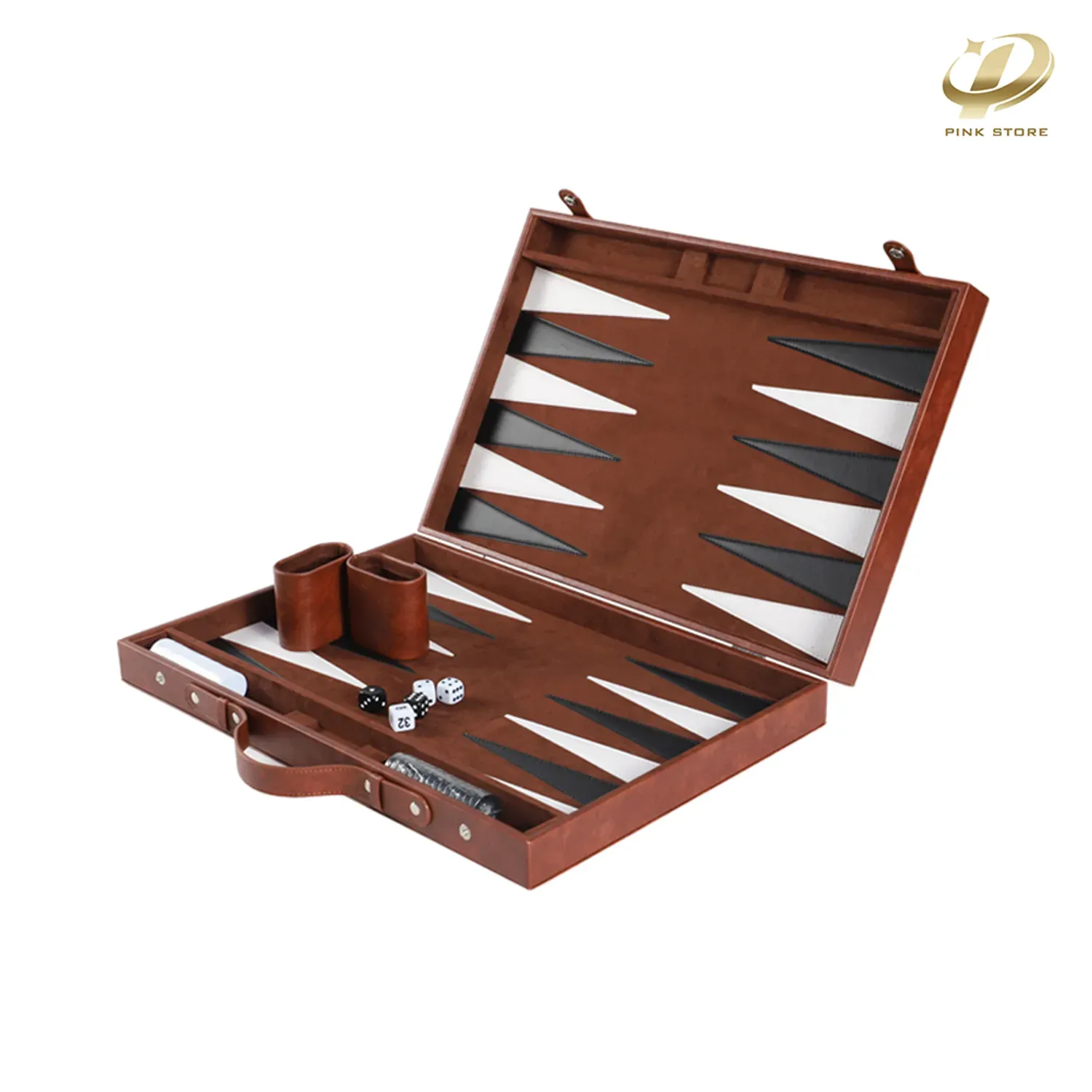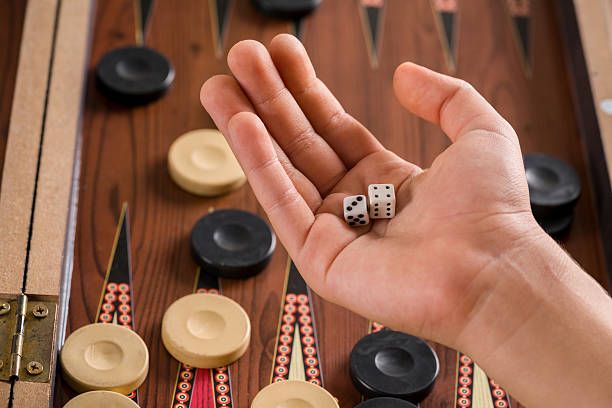
Get A Quote
What is the Most Common Roll in Backgammon?
Backgammon, a game steeped in history and strategy, is a favorite among board game enthusiasts worldwide. The game combines elements of luck and skill, making it both thrilling and intellectually stimulating. One of the fundamental aspects of backgammon that often sparks curiosity is the probability of dice rolls, specifically, "What is the most common roll in backgammon?" In this article, we'll delve into this topic and explore how understanding the most common roll in backgammon can enhance your gameplay.
Understanding the Basics of Backgammon
Before we get into the details of the most common roll in backgammon, it's essential to have a basic understanding of the game itself. Backgammon is played on a board with 24 narrow triangles called points. Each player has 15 checkers, which they move around the board based on the roll of two dice. The objective is to move all your checkers into your home board and then bear them off before your opponent does.
The Role of Probability in Backgammon
Backgammon is unique in that it blends strategic decision-making with the element of chance, thanks to the dice rolls. Each roll of the dice produces a combination of numbers that dictate the movement of the checkers. The probability of rolling certain numbers plays a critical role in developing strategies and anticipating the opponent's moves.
What is the Most Common Roll in Backgammon?
The question "What is the most common roll in backgammon?" is best answered by understanding the basic probabilities of rolling two dice. Each die has six faces, numbered from 1 to 6, which means there are 36 possible outcomes when rolling two dice (6x6). Among these, some combinations occur more frequently than others.
The most common roll in backgammon is a combination that totals 7. This is because there are six different ways to roll a 7 with two dice: (1+6), (2+5), (3+4), (4+3), (5+2), and (6+1). This makes the probability of rolling a 7 higher than any other number, at approximately 16.67%.
Why is Rolling a 7 Significant in Backgammon?
Knowing that 7 is the most common roll in backgammon can significantly influence your strategy. Since this roll occurs most frequently, it affects decisions on positioning checkers, forming blocks, and anticipating opponent moves.
For example, when creating a block (a point with two or more of your checkers), placing it in positions where the opponent needs to roll less likely combinations can be strategic. Conversely, knowing that a roll of 7 is common can help you prepare for your own moves, ensuring you aren't left vulnerable.
Strategic Implications of Dice Probabilities
Understanding the most common roll in backgammon and other dice probabilities can give you an edge. Here’s how you can use this knowledge strategically:
Checker Movement and Placement
By knowing that 7 is the most common roll, you can better plan the movement and placement of your checkers. This involves creating strategic blocks and anticipating likely rolls from your opponent.
Doubling Cube Strategy
The doubling cube adds another layer of strategy to backgammon. If you're in a position where a roll of 7 could significantly alter the game in your favor, you might consider doubling. Conversely, if your opponent is likely to benefit from a common roll like 7, you might hold off on doubling.
Building Blocks and Points
Creating blocks on points that are harder for your opponent to hit, while considering the likelihood of rolling a 7, can be a game-changer. Blocks prevent your opponent from moving their checkers past certain points, forcing them to leave blots (single checkers) that can be hit.
Enhancing Your Backgammon Game with Dice Knowledge
To become a proficient backgammon player, it's crucial to blend your strategic acumen with a solid understanding of dice probabilities. Here are some tips to enhance your gameplay:
Practice Regularly
Regular practice helps you become familiar with different roll outcomes and their strategic implications. Over time, you'll develop an intuitive sense of the game, which can complement your knowledge of probabilities.
Study Professional Games
Watching and analyzing professional backgammon games can provide insights into how experienced players utilize dice probabilities to their advantage. Notice how they position their checkers and use the doubling cube.
Use Software and Simulations
There are numerous backgammon software and simulation tools available that can help you practice and analyze different game scenarios. These tools often include features that highlight common rolls and suggest strategic moves.
Engage with the Backgammon Community
Joining backgammon clubs or online communities can provide opportunities to discuss strategies, share insights, and learn from other players. Engaging with a community can accelerate your learning process and deepen your understanding of the game.
Conclusion
Understanding "What is the most common roll in backgammon?" is not just a matter of curiosity but a strategic necessity. Knowing that 7 is the most common roll, along with other dice probabilities, can significantly enhance your backgammon game. By integrating this knowledge into your strategy, you can make more informed decisions, anticipate opponent moves, and increase your chances of winning.
If you're looking to elevate your backgammon experience, consider exploring the wide range of board games available at Pinkstore. Pinkstore offers a diverse selection of high-quality personalized backgammon sets perfect for game shops, toy stores, and other retailers looking to expand their inventory. With customizable options, Pinkstore allows you to create personalized solutions tailored to your business needs. Embrace the thrill of backgammon and other exciting games with Pinkstore, your go-to destination for exceptional gaming experiences.
Frequently Asked Questions About Backgammon Dice Rolls
How Do Dice Rolls Affect Backgammon Strategy?
Dice rolls determine movement, so understanding the probabilities of different rolls can inform your strategic decisions. For instance, knowing that a 7 is the most common roll can help you anticipate opponent moves and position your checkers more effectively.
What Other Rolls are Common in Backgammon?
Apart from 7, other common rolls in backgammon include 6 and 8. These totals also have multiple combinations that can be rolled with two dice, making them more likely than other numbers.
Can Dice Rolls Be Predicted?
While you cannot predict dice rolls with certainty, understanding their probabilities allows you to make more informed decisions and better anticipate possible outcomes.
How Does the Doubling Cube Change the Game?
The doubling cube introduces the element of stakes, allowing players to increase the game's value. Strategic use of the doubling cube can leverage the probabilities of certain rolls to maximize potential gains or minimize losses.


